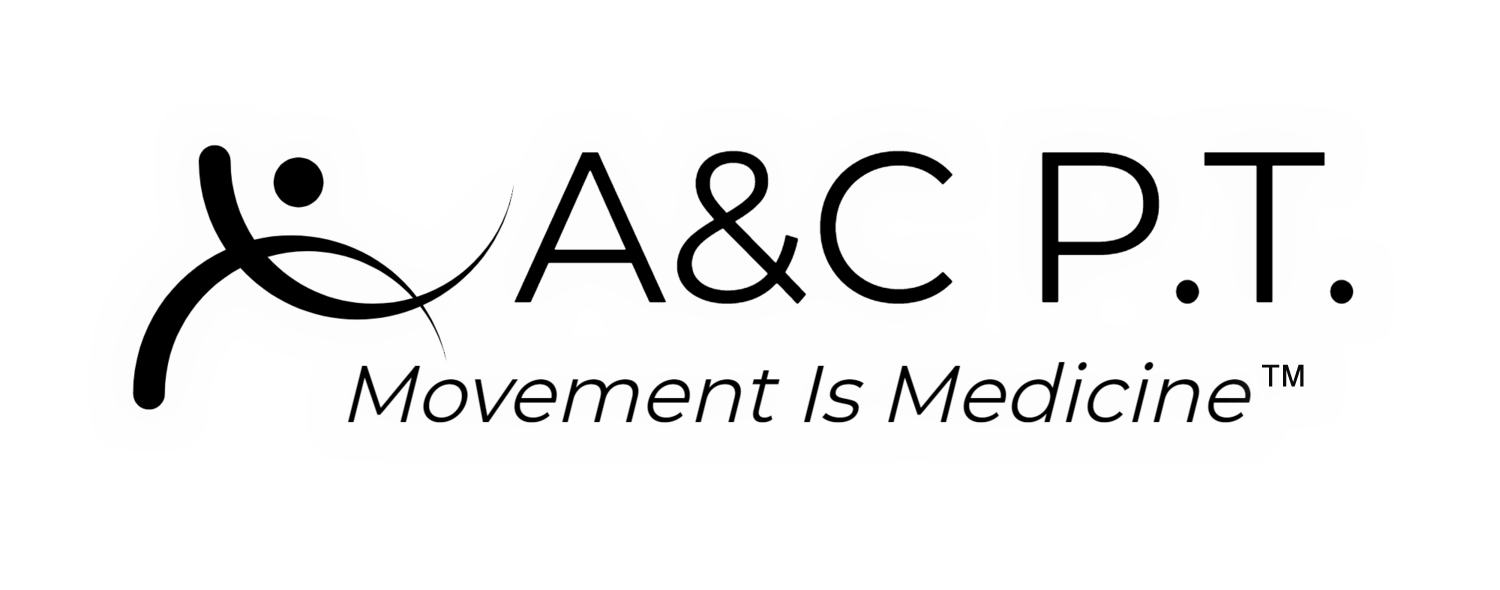Have you been experiencing hip pain lately? Hip osteoarthritis is a common condition that affects millions of people and can be influenced by various factors like age, BMI, genetics, and overall health. As you get older, especially after the age of 50, the prevalence of hip osteoarthritis tends to increase. The condition often presents with joint pain and stiffness, particularly in the morning upon waking, which usually lasts for about an hour. However, with movement, the synovial fluid in the joint helps to lubricate it, providing more ease of movement.
Hip osteoarthritis is a type of arthritis that causes the bone to degenerate, leading to decreased density and support. It can also affect other areas of the body, such as the feet, fingers, and knees. When symptoms significantly impact daily activities, knee or hip replacements using artificial joints may be considered.
To evaluate your physical progress during therapy, there are reliable guideline tests available. These tests may include the 30-second chair test for lower extremity strength or the Berg Balance Scale. These assessments will help identify any limitations and guide improvements for better hip function.
Manual therapies, such as soft tissue massage and joint mobilizations, have shown promising results over a 6-12 week period. Focusing on specific muscles like the glutes, piriformis, iliacus, psoas, quads, and IT band can improve hip mobility by aligning the muscle fibers properly. Additionally, physical therapists can perform hip joint distraction, a technique that separates the femoral head from the acetabulum, reducing pressure on the joint and improving joint mobility at the capsular level.

